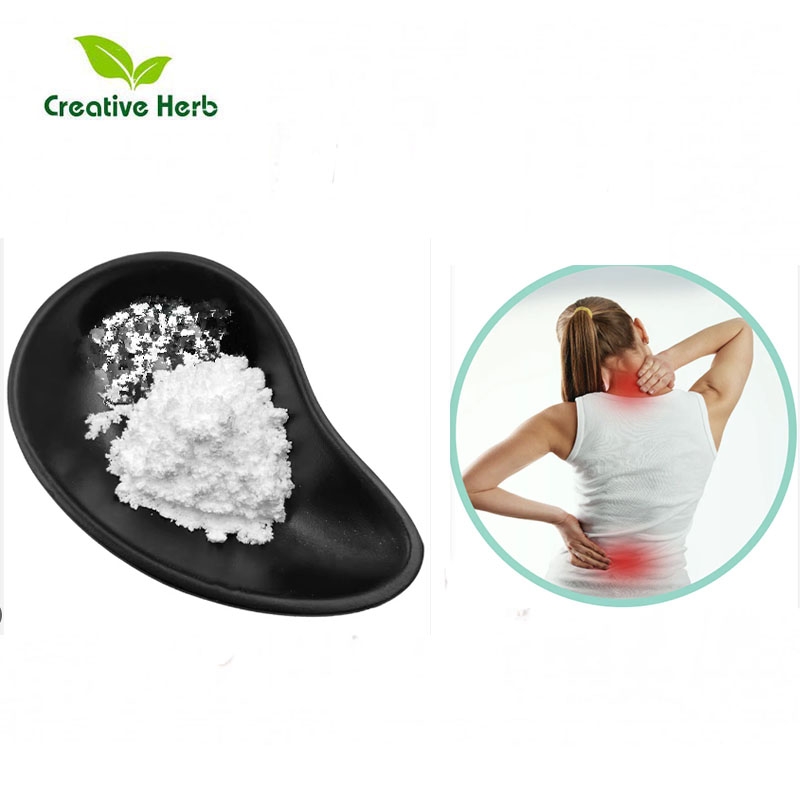JACS: researchers develop more effective anticancer drugs from natural products
-
Last Update: 2019-06-11
-
Source: Internet
-
Author: User
Search more information of high quality chemicals, good prices and reliable suppliers, visit
www.echemi.com
June 11, 2019 / BIOON / - a new study by a chemical researcher at the University of Arkansas reveals the key molecular mechanism of ipomoeasin F Ipomoeasin f is a highly toxic natural product, which can inhibit the growth of many tumor cell lines This discovery may lead to the design of more effective anticancer drugs Ipomoeasin f is a member of the resinous glycoside family, which is a common secondary metabolite of morning glory Ipomoeasin f can significantly inhibit the growth of a variety of tumor cell lines, which is similar to many clinical anticancer drugs, but up to now, researchers have not understood its biological and pharmacological mechanisms Photo source: Zhijian Hu, a doctoral student in the Department of chemistry and biochemistry of JACS, tested the cytotoxicity of nearly 60 homologues with similar structures to study the structural characteristics of ipomoeasin F Hu then found that Sec61 α was the key protein for the binding of biotin and Sec61 α Fluorescence imaging confirmed the discovery The researchers found that the fluorescent signal was confined to the endoplasmic reticulum, the cytoplasmic membrane of eukaryotic cells that had settled in Sec61 α Hu further verified that Sec61 α was the main molecular target by Western blotting The study, published in the Journal of the American Chemical Society, provides a new molecular tool to further understand the properties of Sec61 α and its new targets for potential therapeutic drug discovery Reference: Guangdong Zong et al Ipomoeasin f bonds Sec61 α to inhibit protein transfer, Journal of the American Chemical Society (2019) Doi: 10.1021/jacs.8b13506
This article is an English version of an article which is originally in the Chinese language on echemi.com and is provided for information purposes only.
This website makes no representation or warranty of any kind, either expressed or implied, as to the accuracy, completeness ownership or reliability of
the article or any translations thereof. If you have any concerns or complaints relating to the article, please send an email, providing a detailed
description of the concern or complaint, to
service@echemi.com. A staff member will contact you within 5 working days. Once verified, infringing content
will be removed immediately.







